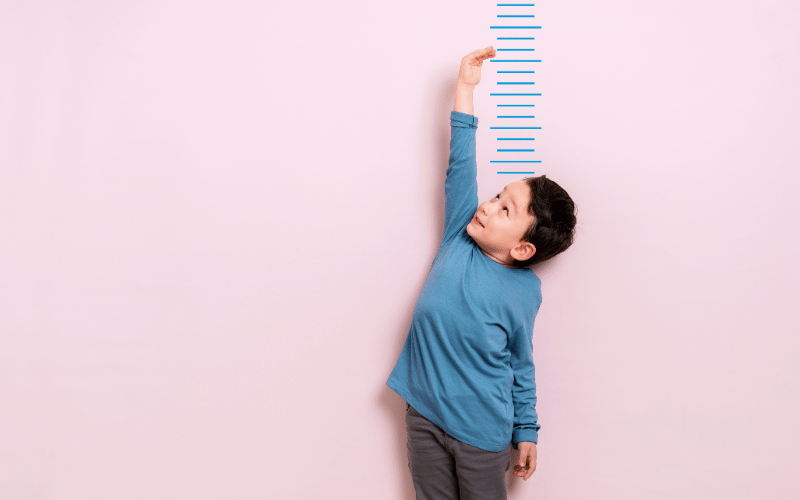Symptom 4: Growth Abnormalities

Growth is a multifaceted process, influenced by genetics, nutrition, environment, and a plethora of other factors. For children, it’s a journey from infancy to adulthood, marked by changes in height, weight, bone structure, and cognitive development. However, for children with Bartter Syndrome, this journey can be marred with challenges. Their body, constantly battling dehydration and electrolyte imbalances, struggles to allocate resources efficiently for growth. As a result, many may not reach the growth milestones typical for their age, raising concerns and anxiety for both the individual and their caregivers.
It’s not just about height and weight. Growth abnormalities manifest in various ways. The child might appear leaner, with reduced muscle mass. Bone density might be lower, making them susceptible to fractures. Even dental health can be compromised, with delayed teething or weakened enamel. These are not mere cosmetic concerns but indicators of the body’s internal struggles and the cascading effects of Bartter Syndrome.
Physical manifestations aside, growth abnormalities can cast a long shadow on a child’s emotional well-being. In a world where fitting in becomes paramount, especially during the formative years, being different can be daunting. There’s a silent emotional turmoil, where self-esteem battles against feelings of inadequacy. The child might face questions from peers, or worse, unwarranted pity or teasing, further exacerbating their emotional distress.
Addressing growth abnormalities in Bartter Syndrome isn’t straightforward. It requires a concerted effort, a blend of medical, nutritional, and emotional interventions. This might involve growth hormone therapies, nutritional supplements to counteract deficiencies, and physical therapies to strengthen muscles and bones. Moreover, it’s imperative to foster an environment of understanding and support, ensuring the child doesn’t grapple with their challenges in isolation. (4)